This Dr. Axe content is medically reviewed or fact checked to ensure factually accurate information.
With strict editorial sourcing guidelines, we only link to academic research institutions, reputable media sites and, when research is available, medically peer-reviewed studies. Note that the numbers in parentheses (1, 2, etc.) are clickable links to these studies.
The information in our articles is NOT intended to replace a one-on-one relationship with a qualified health care professional and is not intended as medical advice.
This article is based on scientific evidence, written by experts and fact checked by our trained editorial staff. Note that the numbers in parentheses (1, 2, etc.) are clickable links to medically peer-reviewed studies.
Our team includes licensed nutritionists and dietitians, certified health education specialists, as well as certified strength and conditioning specialists, personal trainers and corrective exercise specialists. Our team aims to be not only thorough with its research, but also objective and unbiased.
The information in our articles is NOT intended to replace a one-on-one relationship with a qualified health care professional and is not intended as medical advice.
How to Make Lipstick: Homemade Lipstick With Lavender
August 6, 2017

In this article, I’ll tell you a little about the history of lipstick and give you a recipe to show you how to make lipstick at home. As you probably know, lipstick is a common cosmetic applied to the lips to enhance lip color. It contains various pigments, oils and waxes that not only create the various color options, but oftentimes also provide protection for the lips. Lipstick is available in the form of a stick within a tube or as a liquid with an applicator brush. It is common to find lipstick color blended with lip balm as well. And, as an interesting side note, researchers have found that softer lipsticks result in a more positive emotional response. So the lipstick recipe below should make you feel happy, as the final product is soft! (1)
The Story of Lipstick
Lipstick has always been a part of fashion, but the history of lipstick goes back as far the ancient Egyptians who used henna to paint their lips. According to the book, “Read My Lips: A Cultural History of Lipstick,” the Egyptians knew how to make lipstick. They used a mercuric plant dye called fucus, which contained algin, iodine, and bromine mannite, resulting in a reddish-purple color. However, this combination also was potentially poisonous.
But don’t think that you are free and clear of toxins in your lipstick. CNN reported a few years ago about lead found in many lipstick brands. The Campaign for Safe Cosmetics conducted a study in 2007 called “A Poison Kiss.” The study detected lead in more than 60 percent of the 33 lipsticks tested. Lead is never listed as an ingredient, apparently because the amount is so small. However, it may be present and it can be absorbed through the skin. (2, 3) This is all the more reason to learn how to make lipstick, so you can avoid applying dangerous chemicals to your skin.
Back to the history of lipstick — makeup has a rather surprising history. In certain periods of history, makeup — including lipstick — was deemed unacceptable. A movement led by Thomas Hall, an English pastor, declared that makeup or face painting was the work of the devil, and that women who put “brush to mouth were trying to ensnare others and to kindle a fire and flame of lust in the hearts of those who cast their eyes upon them.”
The British Parliament condemned lipstick in 1770, claiming that women who seduce men by the use of cosmetics could be tried for witchcraft. Even Queen Victoria declared makeup as impolite and vulgar — something only actors and prostitutes wore. So pale faces took the stage for about a century. Makeup was a pretty serious deal!
Later, thanks to the the movie industry and the need to uplift the country during World War II, lipstick and face powder finally gained respect. In fact, it even became the patriotic duty of women to “put their face on.” Since then, the lipstick industry has only continued to grow.
Now that you have learned a little history, you may be wondering, how can I make natural lipstick? Making your own lipstick at home can be easy and fun to do. What’s great is that you can control the ingredients and create a safe product. Combine it with my DIY mascara, eyeshadow and blush to complete your look. One more note: If you’re in a hurry, you can even make homemade lipstick with eyeshadow. Using my DIY eyeshadow, put a little of the eyeshadow into a small bowl, add a little castor oil and blend well. Apply and you’re all set!
Read on below to learn how to make lipstick at home using simple, natural ingredients.
How to Make Lipstick
Are you ready to learn how to make lipstick? Let’s get started! Place the coconut oil, beeswax and shea butter in a heat-safe glass jar (no lid) in a small pot of simmering water to slowly melt the ingredients. Be careful not to burn yourself when you grab the jar later as it may be hot to touch. You can also use a double-boiler.
You’ve probably heard how amazing coconut oil is. It is antibacterial and helps create a smooth texture to the mixture while also delivering healing properties. Beeswax is great at healing dry, cracked lips or preventing it altogether and it is a great moisturizer. Shea butter falls right in line with beeswax as a phenomenal healer for the skin, creating softness while repairing the skin and enhancing collagen. Collagen helps get rid of those undesirable lines that creep up as we get older. Stir this mixture until well blend. (4)
Now, add the lavender essential oil and the castor oil. Lavender is gentle, provides anti-aging properties and gives the lipstick a pleasant scent. Castor oil create a give a shiny, thicker lipstick. It also helps the lipstick to stay in place. It is a natural skin care remedy that heals chapped lips. Blend well. (5)
Once you have blended the mixture, add your color choice, using a blend of cocoa, cinnamon, turmeric and beet powders. What’s great about them is that they all offer antioxidant qualities. It’s like they are superfoods for the skin! (6) Plus, now that you know how to make lipstick, you can experiment with creating different color blends.
Carefully remove the jar from the heat and let cool. Use a spoon or small knife to scoop the lipstick into a small container with a lid. Since we do not add preservatives, which is a good thing, you may want to keep it in fridge or in a cool, dry place.
How to Apply Lipstick
I recommend avoiding dipping unclean brushes into the mixture so that it remains bacteria-free. Instead, put a dab onto a small dish and then dip your clean lipstick brush into it. To apply, start at the middle of the upper lip and moving outward toward each corner. Lightly blot your lips with a tissue. That’s it!
Precautions
The ingredients in this lipstick recipe are safe, but if you experience any allergic reactions, stop using immediately. If you have a severe reaction, contact a medical professional right away.
[webinarCta web=”eot”]
How to Make Lipstick: Homemade Lipstick With Lavender
Ingredients:
- 3/4 teaspoon coconut oil
- 1 teaspoon grated beeswax or beeswax pastilles
- 1 teaspoon shea butter
- ¼ teaspoon castor oil
- 1 drop lavender essential oil
- 1/4 teaspoon of any combination of organic cocoa powder, cinnamon, beet root powder and/or turmeric
- Spoon or small knife
- Small lidded container
Directions:
- Place the coconut oil, beeswax, and shea butter in a heat-safe glass jar (no lid) in a small pot of simmering water to slowly melt the ingredients. You can also use a double boiler.
- Stir this mixture until well blended.
- Next, add the lavender essential oil and the castor oil.
- Once the mixture has been well blended, add your color choice(s) selected from the cocoa powder, etc.
- Carefully remove the jar from the heat and let cool.
- Using a spoon or small knife, transfer the lipstick to a small container with a lid.
- Store in a cool, dry place or in the fridge.
Comments
Please keep comments under 200 characters.


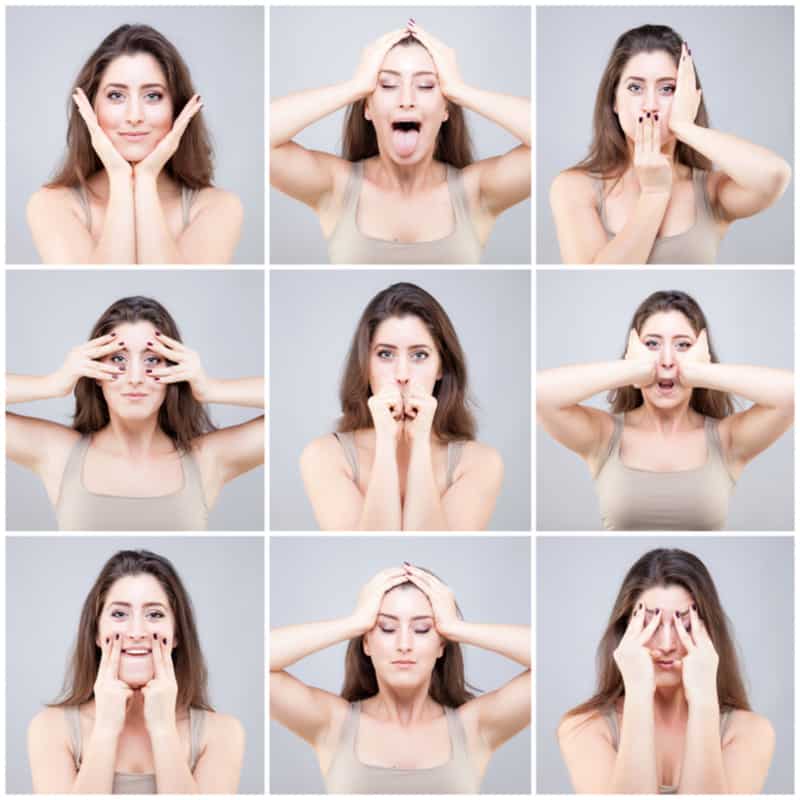

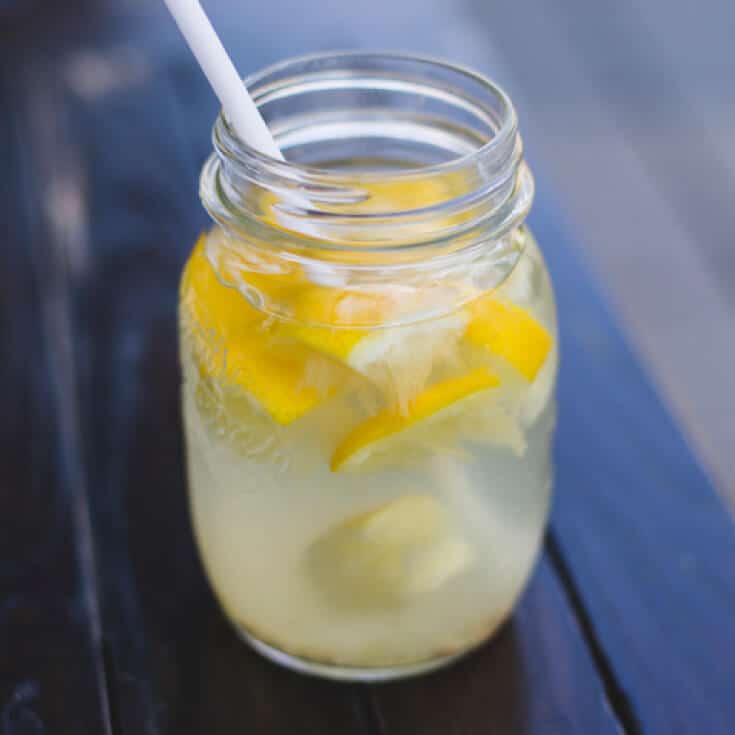
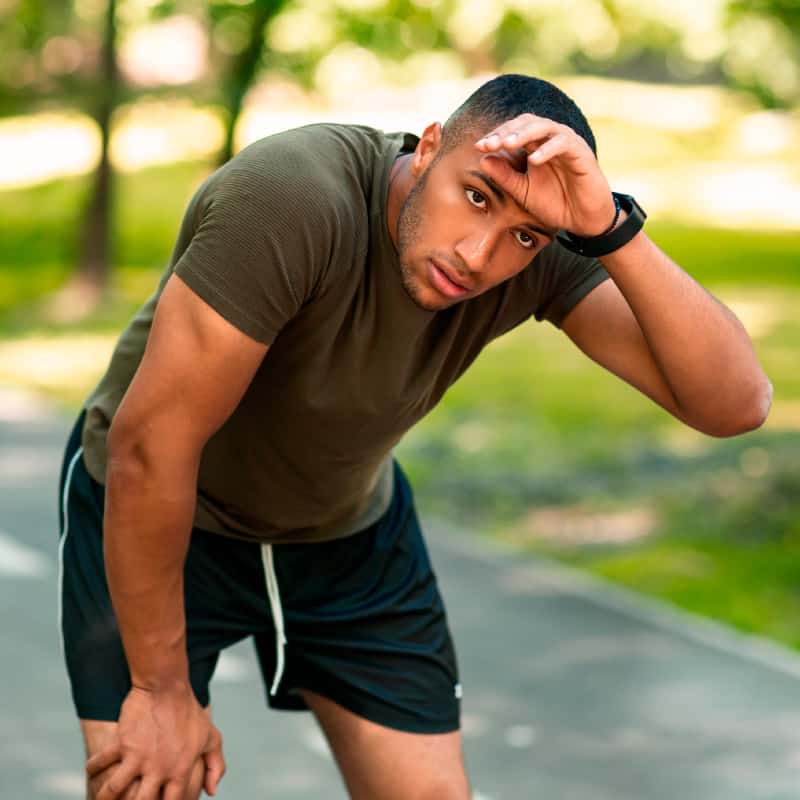
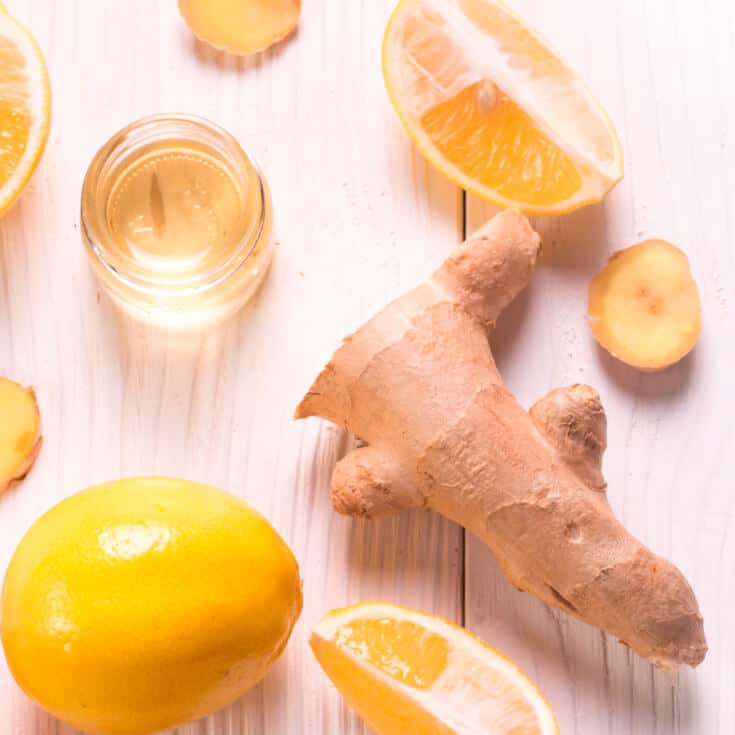

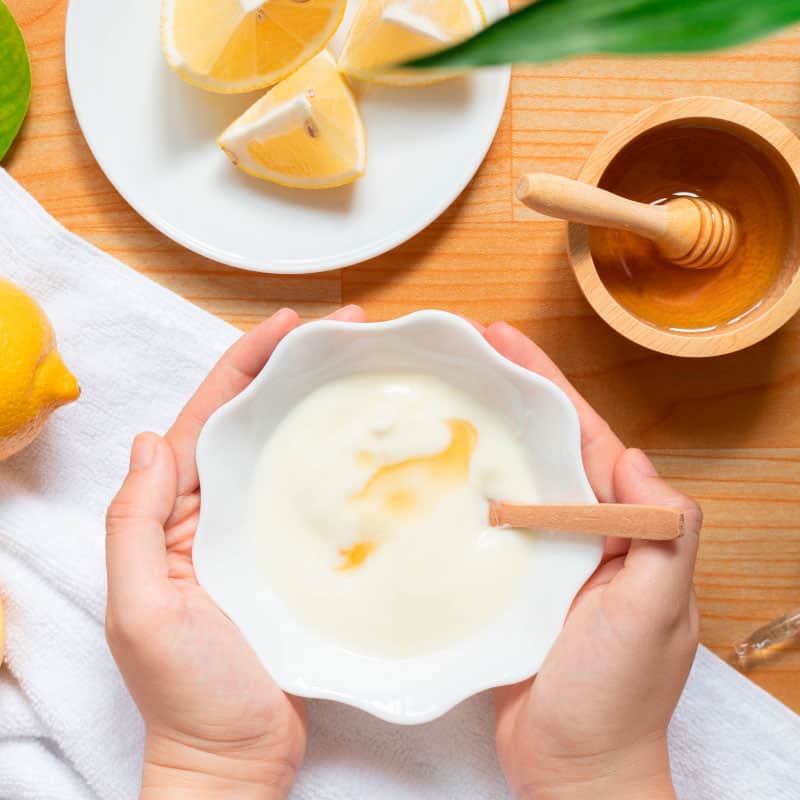

For the colour red could you use rosehip powder, what other natural colours could you use. Thinking about individuals who are Salycite Sensitive
This is really helpful and ithink it would do good on the future.
Is castor oil toxic?
(Sounds like a beautiful recipe)
Can I substitute the Castor Oil with Jojoba Oil?
Also, could the still warm mixture be poured into a lip gloss tube?
Thanks!
I did try putting it into a lip gloss tube …it came out just fine.
I made this recipe and really liked how the lipstick felt…but it molded within a week ?
I said I’m like your wife,don’t use toxic products and will make the lipstick,thank you.
Could you please help me with my bladder problem. I go to the toilet every two hours,only through the night and consequently I don’t get much sleep. It has got a name,I call it nocturnal,but that is not what it’s called. I hope you can help me. Thank you for everything you do.
I’m like your wife,I don’t use any toxic products,but Lipstick I have not made before,but will now.
Dr Axe,I’m really healthy,the only problem I have is with my bladder,only through the night,I group to go to the toilet every two hours and empty a full bladder,which means I get very little sleep. Could you please tell me what I could do about that?
U have an Over active bladder…visit yout doc n get on the meds for it..n wakein up at nite will b history
Since this formula does not contain preservatives, may I know how long can it be kept in the jar? What shall be the expiry date after making?
i have read that beet root powder is not soluble in either water or oil, is there a better way to put them in lipstick?
I was used in soaps
Thanks it was a very good lesson am blessed